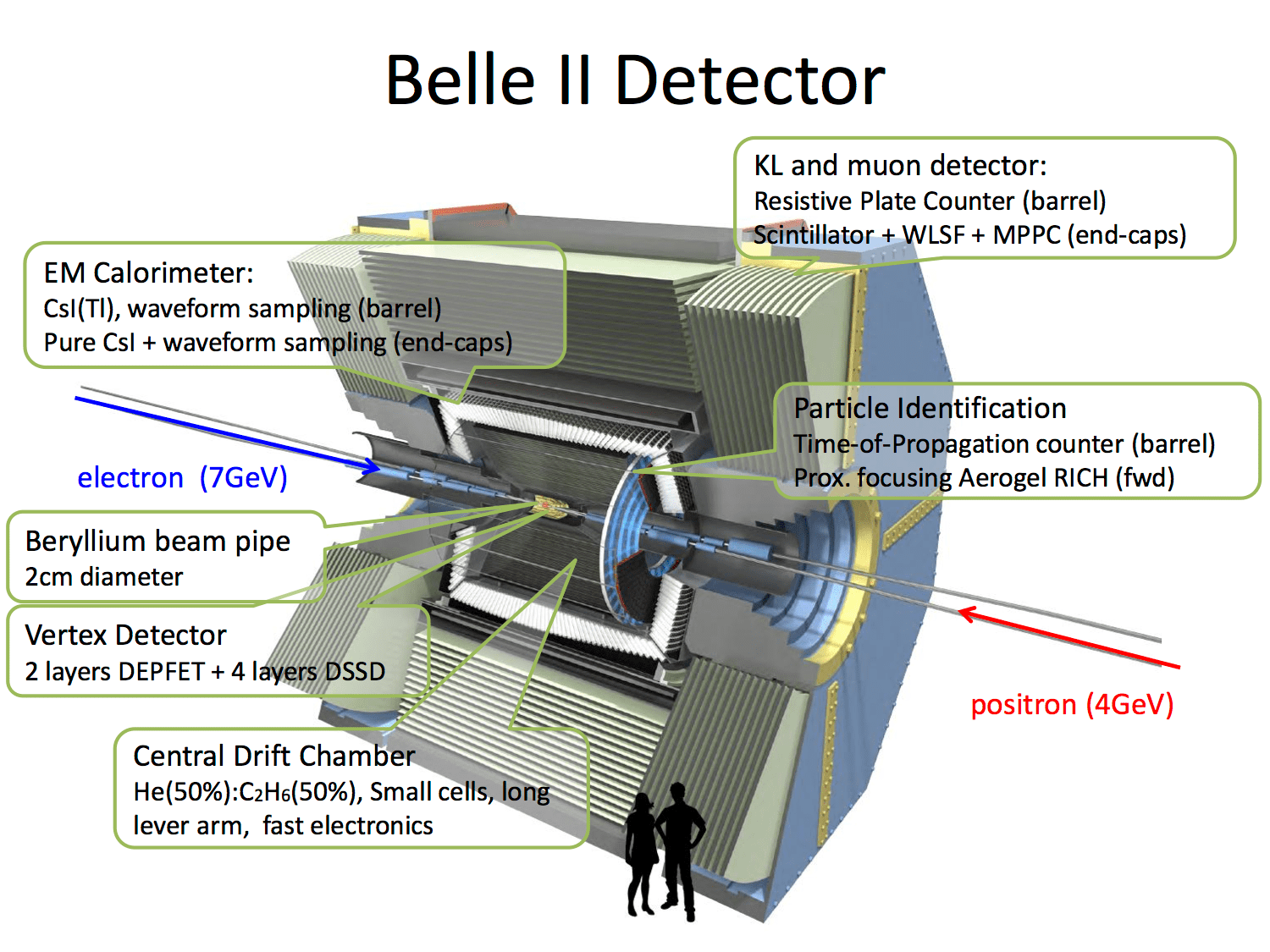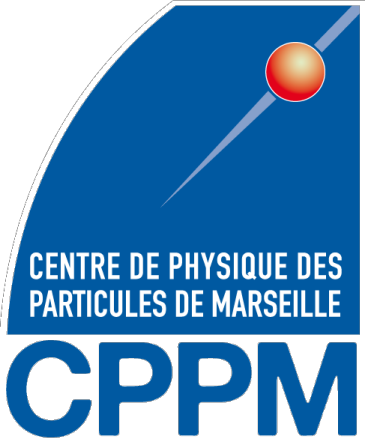About us
If the Standard Model (SM) of particle physics succeeds at describing the behavior of fundamental constituents of matter and their experimentally observed interactions, it is however unable to resolve the most important riddles of our time such as the nature of the dark matter or the origin of the matter-antimatter asymmetry of the Universe. The search for a physics beyond the SM, and its related new physics particles, has therefore become the principal quest for particle physicists. A very effective way to search for these new particles is to look for heavy flavor decays that are rare or forbidden in the SM, especially, \(b \to s\) transitions and lepton flavor violating decays. In this domain, final states involving electrons and muons have been and are still extensively studied by several experiments while channels involving tau leptons are much less known because of their challenging reconstruction. The interest of decays involving tau leptons is also dramatically reinforced by the recent anomalies reported in tests of lepton flavor universality violation and rare B decays, suggesting a special role for the third family. In particular, lepton flavor violating tau decays and rare B decays into tau lepton could be just below the current experimental limits.

The NEPAL project aims to exploit the data from the Belle II experiment and improve the search for lepton flavor violating decays of tau leptons and B mesons, as well as \(b \to s \tau^+ \tau^-\) transitions. It is funded by a Consolidator Grant from the European Research Council (grant agreement no 819127) obtained by Justine Serrano. The team is hosted at the Centre de Physique des Particules de Marseille, in France.






